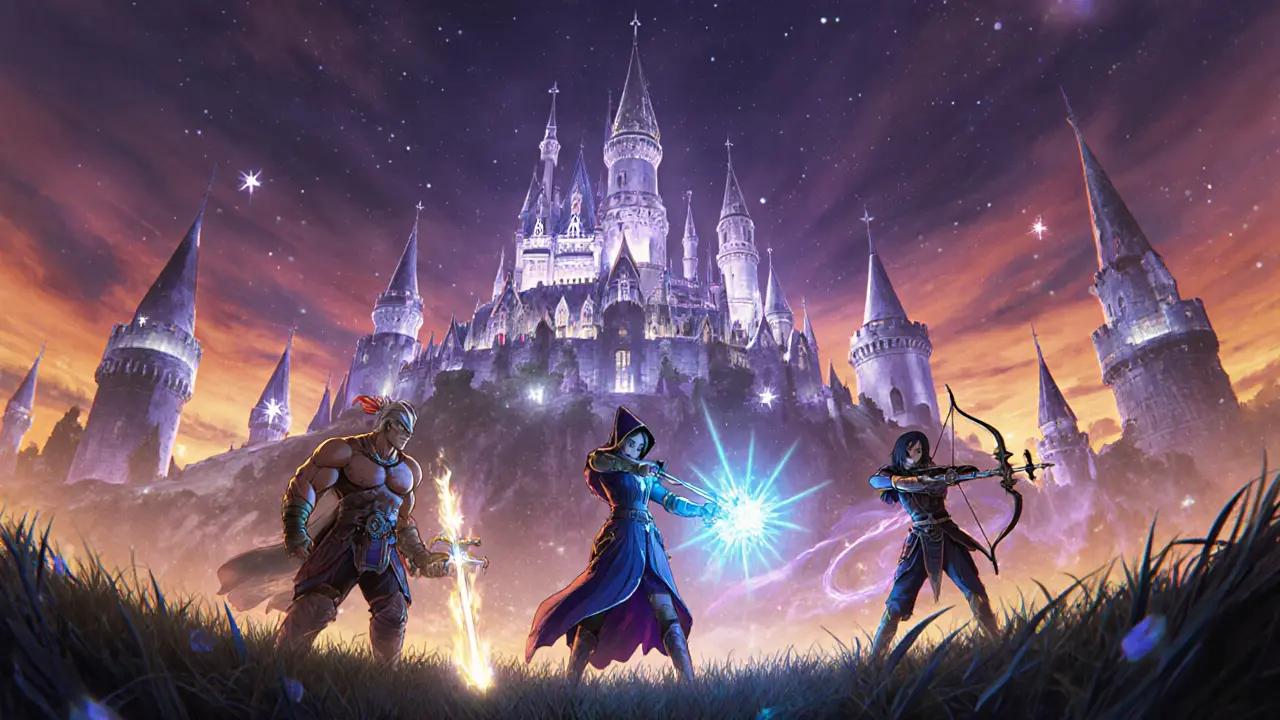DAO Governance: How Communities Run Crypto Projects and Shape the Future
When talking about DAO governance, the framework that lets token holders collectively decide on upgrades, fund use, and protocol rules. Also known as decentralized governance, it blends on‑chain voting with off‑chain discussion to keep projects agile.
At the heart of every DAO sits a Decentralized Autonomous Organization, a legally ambiguous but technically enforceable entity built on smart contracts. The DAO creates the rules, while token voting, the process where holders cast votes proportional to their stakes turns ideas into binding decisions. In practice, smart contracts act as the enforcement engine, automatically executing outcomes once a proposal passes.
Key Components of DAO Governance
First, proposals are the raw material. Anyone with enough reputation or token balance can submit a change—whether it’s tweaking a fee structure, adding a new feature, or reallocating treasury assets. Next, on‑chain voting translates community sentiment into a numeric result; most systems use quorum thresholds and time‑locks to guard against rushed changes. Finally, execution relies on immutable smart contracts that lock the code and funds, ensuring the decision lives on the blockchain without a central admin.
Because the system is permissionless, DAO governance often draws in a diverse crowd: developers, investors, and everyday users. This mix creates a feedback loop where technical upgrades help the community, and community feedback steers technical upgrades. The result is a self‑reinforcing cycle that speeds up innovation while keeping power decentralized.
Another crucial piece is treasury management. DAO treasuries hold the tokens that fund development, marketing, and community grants. Token voting determines how those funds are allocated, and smart contracts enforce the payout schedule. By tying financial control to voting power, DAOs align incentives—those who invest more have a bigger say, but they also bear the risk of misallocation.
Governance tokens themselves carry weight beyond voting. They can be staked to earn a share of transaction fees, used as collateral in DeFi protocols, or even burned to increase scarcity. This multi‑utility design makes the token a central hub in the ecosystem, linking economic activity with governance decisions.
Security is a constant concern. A single bug in a governance smart contract can open doors for attackers to hijack the treasury. That’s why many DAOs adopt multi‑sig wallets, time‑delayed execution, and audit trails. Some projects even run simulated voting rounds on testnets before launching a real proposal, reducing the chance of costly mistakes.
Beyond pure finance, DAOs are spilling into other sectors. Metaverse worlds host DAOs that manage virtual land, while open‑source projects use DAOs to coordinate contributors across continents. In each case, the same blueprint—proposal, vote, execute—is adapted to the domain’s specific needs.
Looking ahead, hybrid models are emerging. Some platforms combine probabilistic finality (fast but less certain) with absolute finality (slow but guaranteed) to balance speed and security in governance actions. Others integrate off‑chain signaling tools like Discord polls to gauge sentiment before committing to an on‑chain vote.
All these pieces—proposals, token voting, smart contracts, treasury, security layers, and cross‑domain applications—interlock to form a robust DAO governance ecosystem. Below you’ll find a curated set of articles that break down each component, showcase real‑world examples, and give you actionable insights to participate or launch your own DAO.
